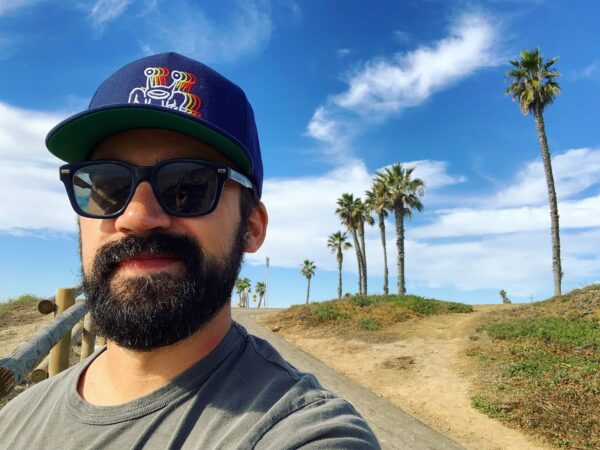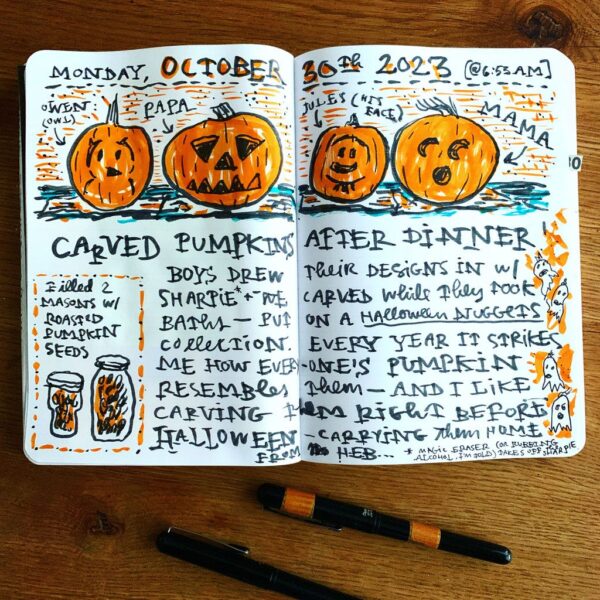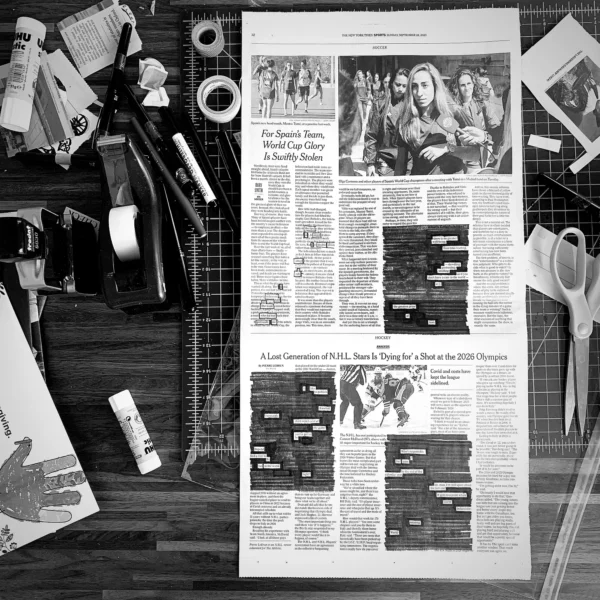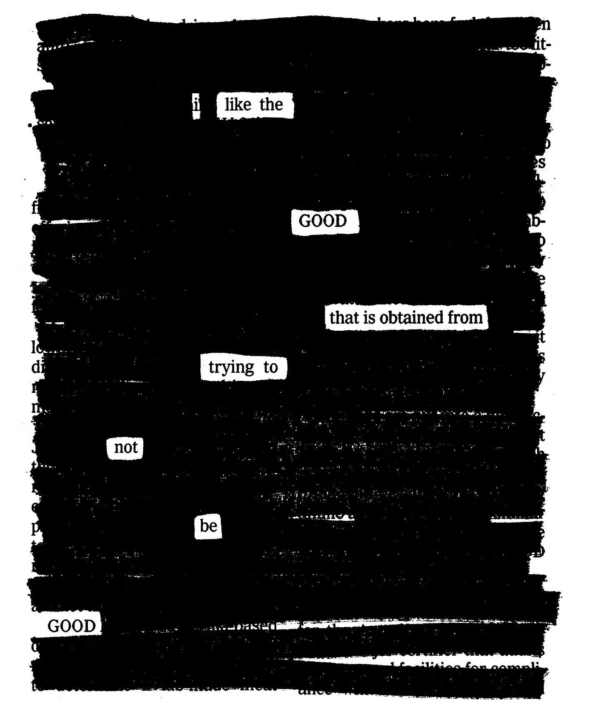
Every time I’m in California, there’s at least a little bit of magic to the visit.
The family and I were in Los Angeles for a few days and the nice surprise of the trip was popping down to Huntington Beach for an impromptu Dairy Queen picnic, hunting for sand dollars and playing fetch with random pups we befriended.
California visits also usually inspire newsletters — see our “Let’s Talk Travel” Tuesday discussion and my “A Path With A View” Friday letter. (At least one reader mentioned that the photo below reminded them of Hockney’s Pearblossom Highway.)










